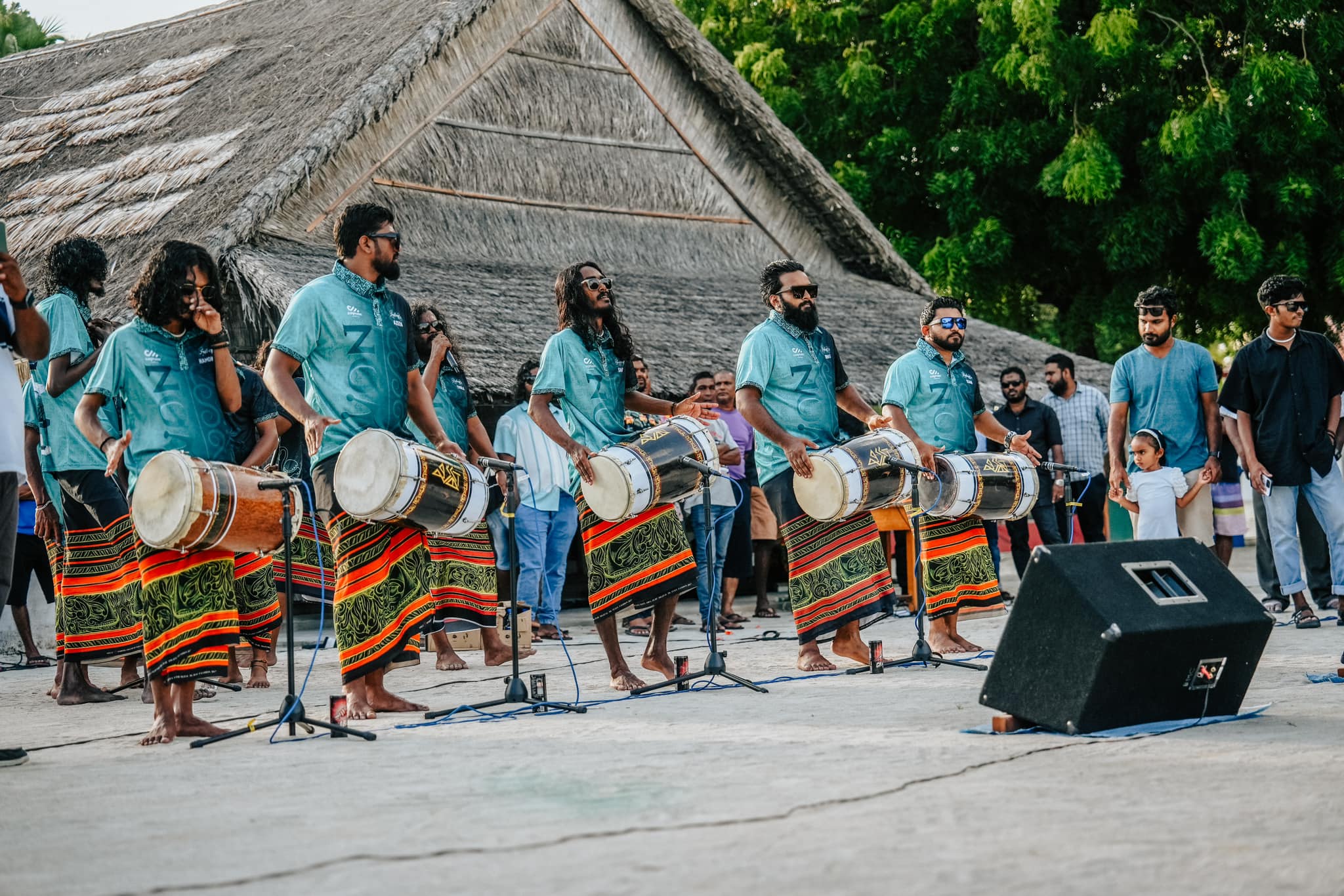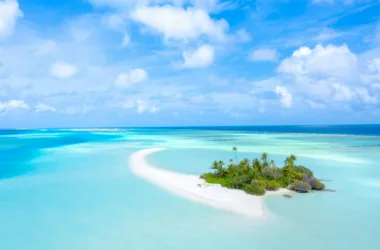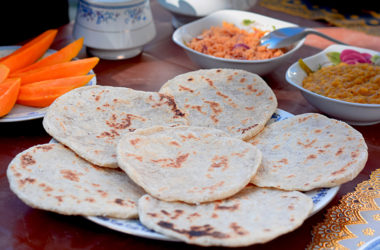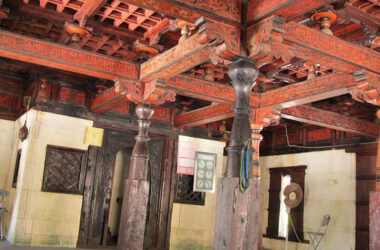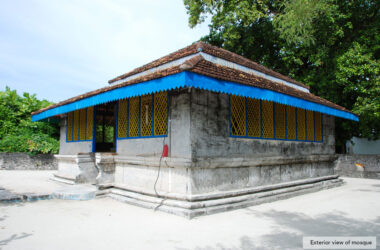Maldives is a chain of islands located in the middle of the Indian Ocean. It is renowned for its enchanting natural beauty and captivating cultural heritage. Maldives Culture resembles a fabric woven from many different components and hundreds of years’ worth of history. Its own language, traditional arts, vast culinary background, and age-long customs are part of this richness. This piece covers ten interesting facts about Maldivian culture that bring out how lively and diverse it can be.
Read more: 20 Most Historical Places in the Maldives
1. Dhivehi Language: The Linguistic Heartbeat
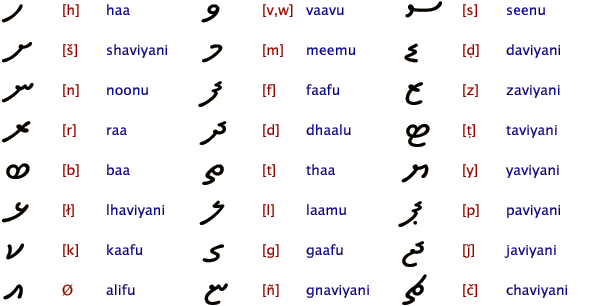
The Dhivehi language which comes from ancient Indo-Aryan language family in the Maldives society is very important. Almost all people in Maldives speak Dhivehi, which is an official language for country . The Thaana script was created specifically for writing Dhivehi; it has a combination of Arabic and Indic characters .
Read More: Coral stone Mosques of Maldives: Fenshui Friday Mosque
2. Bodu Beru: The Rhythmic Pulse of Maldivian Music
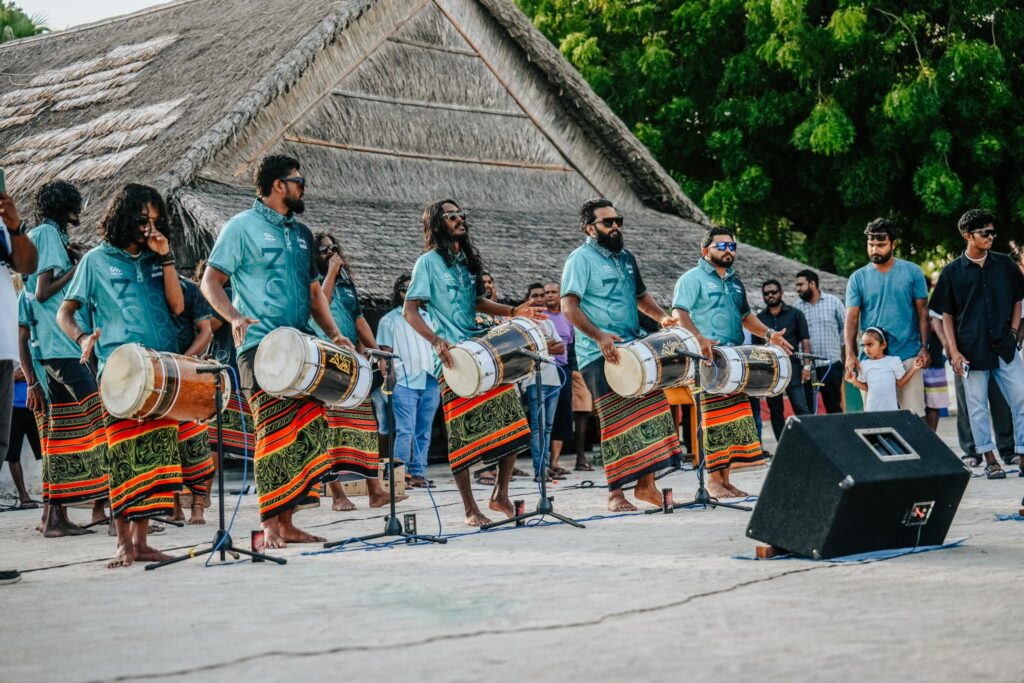
“Bodu Beru” meaning “big drum” in Dhivehi is the traditional music and dance form of the Maldives which is full of energy and life. From East Africa Bodu Beru emerged with singing, dancing, rhythmic drumming. Through its music Maldives culture becomes apparent depicting themes such as love,nature and island life.
Read More: Coral stone Mosques of Maldives: Meedhoo Old Friday Mosque
3. Traditional Maldivian Cuisine: A Feast for the Senses
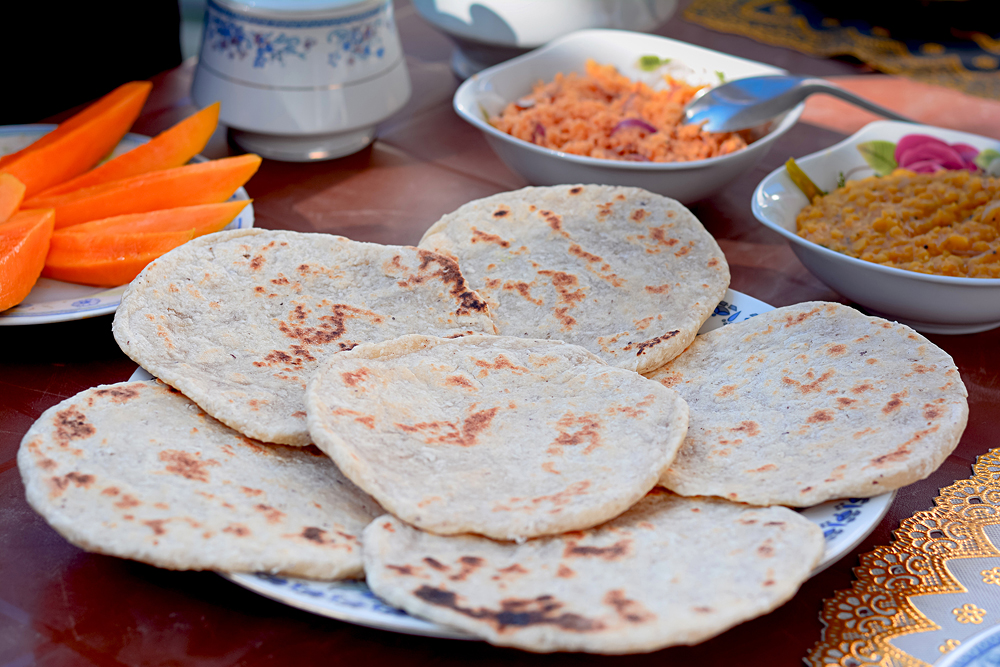
Maldivian food represents a wonderful blend of flavors and products that come from centuries long maritime history as well as tropical climate . Coconut, fish, rice are among common foods. Garudhiya (fish soup), Mas Huni (tuna and coconut salad), Fihunu Mas (fried fish) – these are just some examples of local dishes both locals and tourists enjoy.
4. Dhivehi Libaas: The Elegant Traditional Dress
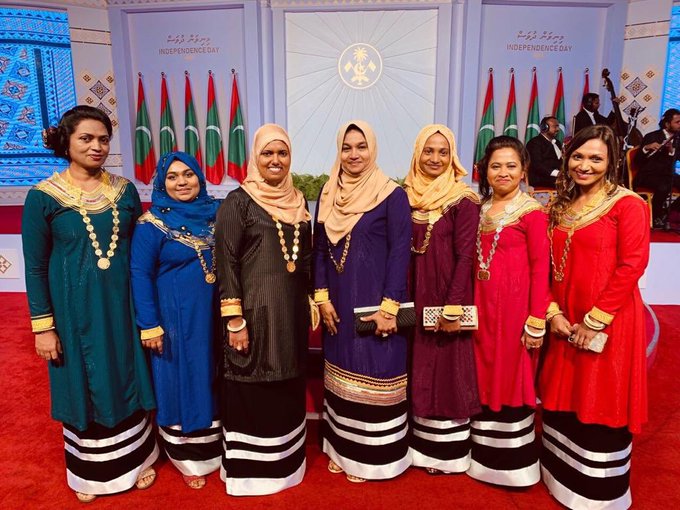
The traditional dress worn by people in the Maldives is called Dhivehi Libaas. It is an attractive outfit that represents the culture of the island nation. It typically involves a white cotton shirt known as a Kurta and a piece of clothing resembling a skirt called Feyli for men. On the other hand, Maldivian women put on Libaas, which are colorful dresses with numerous tiny embroidery patterns. These clothes demonstrate craftsmanship in Maldives.
Read more: Coral stone Mosques of Maldives: Ihavandhoo Friday Mosque
5. Thudu Kuna: The Art of Coconut Palm Leaf Weaving
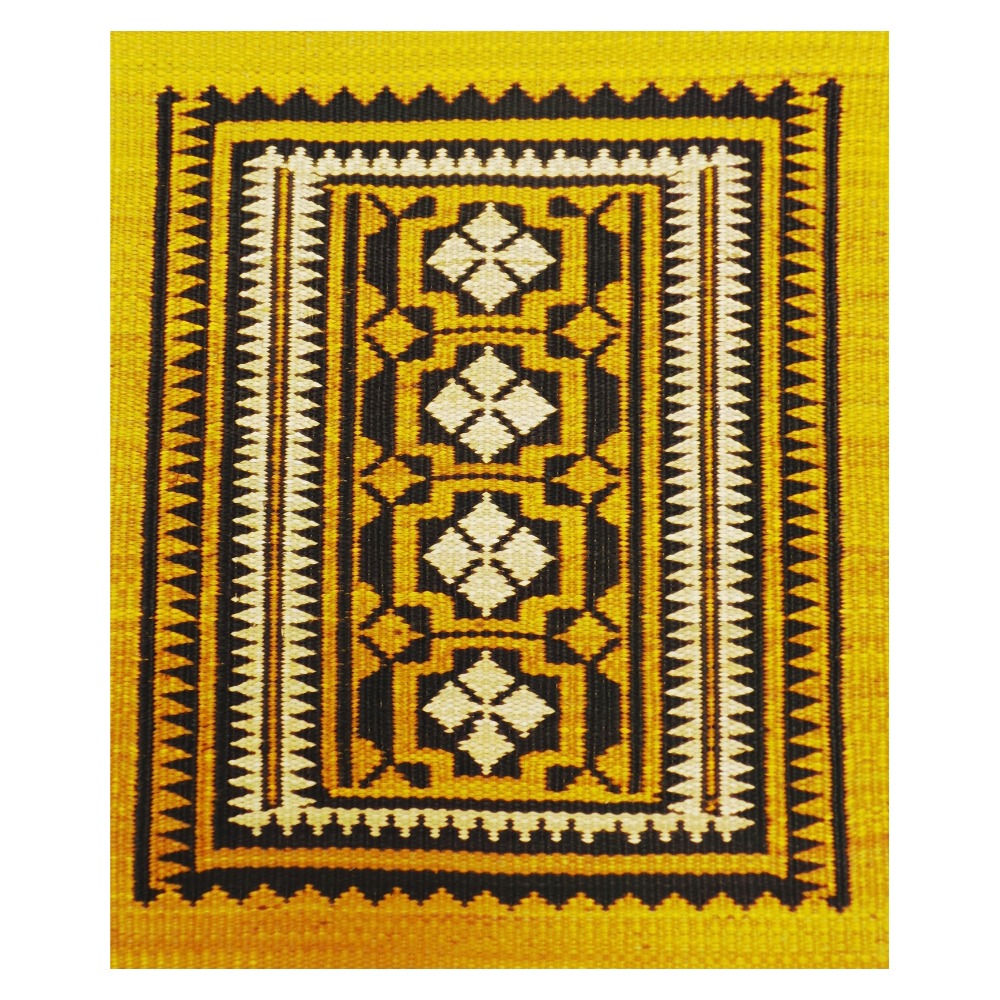
This is a traditional art that has been practiced by skilled craftsmen across the islands. They use palm leaves and fibers to create things like baskets, mats, hats, vessels for home use etc. Thudu Kuna products serve practical purposes and also indicate how smart and imaginative Maldivians can be when it comes to their crafts.
6. Maldivian Festivals: Celebrating Tradition and Unity
Festivals and celebrations held during the year in the Maldives illustrate its rich religious and cultural heritage. From National Day and Fishermen’s Day to Eid al-Fitr and Eid al-Adha, these celebrations show what Maldivians believe, how they live their lives, and what they value.
7. Islam: The Bedrock of Maldivian Society
Islam forms an integral part of Maldives culture and society. It influences everything starting from daily life practices to social norms up to government regulations to law. These beautiful mosques along with complex calligraphy showcase profound respect accorded to religious acts by local people . For over 800 years now Islam has had its effect on them.
8. Maldivian Hospitality: Embracing Guests as Family
Culture is very important to the Maldivians and so they treat visitors like members of their own family. This practice, known as “Atithi Devo Bhava,” means that people should always be kind, respectful and charitable to their guests. All those who come to the islands whether for a meal in a local home or staying at an exclusive resort will feel truly welcome.
9. Environmental Conservation: Guardians of Paradise
In recent times, the Maldives have become global leaders in terms of environmental protection. It is crucial because fragile island ecosystems must be safeguarded from climate change and environmental degradations. The natives take good care of their natural history and value such activities as advocating for eco-friendly tourism and preserving oceans
10. Cultural Revival: Preserving and Promoting Traditions
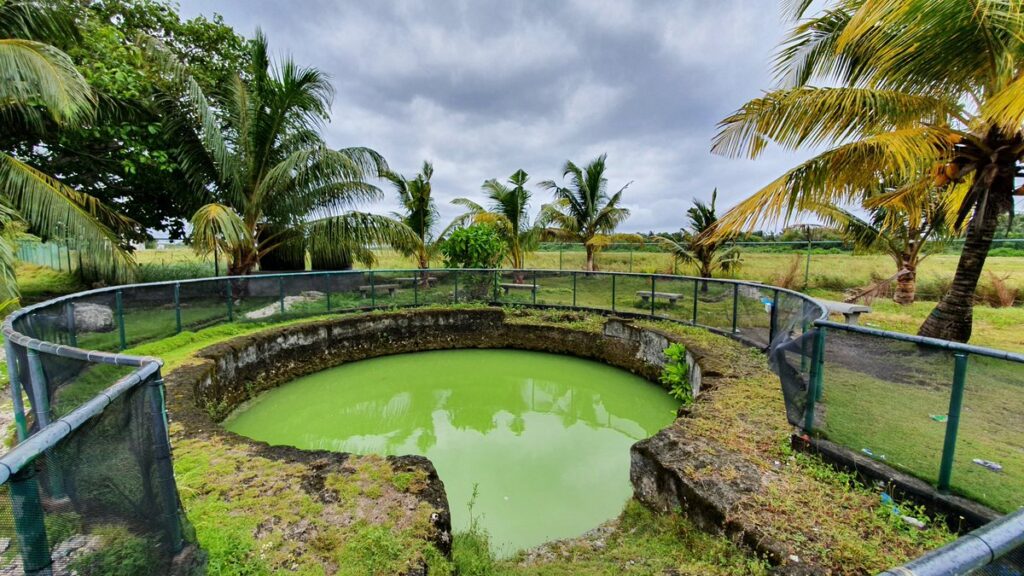
The country’s cultural development has been made increasingly difficult by modernization and globalization but still efforts are being made towards its retention so that future generations can benefit from it. For Maldives culture, keeping alive traditional arts, languages and customs are key components that are well supported through cultural institutions, festivals, educational programs etc.
Read more: 6 Historical Landmarks in Fuvahmulah
There is no difference between the beauty and diversity of its natural landscapes on one hand and its cultural ones on the other side. The Maldives culture is a mix of tradition, history and new ideas over hundreds years ranging from the simple beats of Bodu Beru to complex patterns found in Thudu Kuna. Tourists are encouraged to study about rich cultural heritage while travelling around islands where there exists a fascinating variety of traditions, great foodstuffs and hospitable individuals

